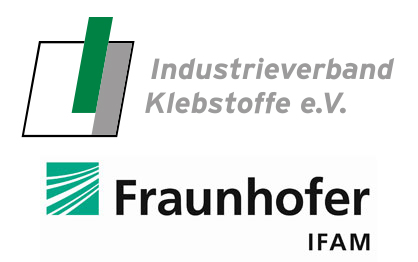7.1 Introduction
Once all the planning for the bonded joint has been completed and the adhesive, substrate materials, surface treatment, etc. have been selected, the next step is the preparations for the production phase.
Cleanliness is vital for all adhesive bonding applications, including the production location. It must be ensured that contamination from other production steps is avoided.
The qualification of the production process forms part of the preparations for production.
The following points must be taken into account for this:
- Definition of quality specifications for all materials
- Ensuring the correct and reproducible functioning of any machinery that is used
- Optimisation of production processes
- Preparation and release of work, correction and repair instructions, if necessary with work specimens
- Ensuring correct and reproducible production processes including monitoring of the temperature, draughts, ventilation and humidity
- Spatial demarcation of the production area
(Take into account specifications / List of requierements and amend if necessary)
In order to make an effective bonded joint, not only are suitable materials and an optimum design vital but so too are work instructions. For each application these include details of the required materials and working steps in a specific sequence.
It is important that work instructions are clear and unambiguous. It should be borne in mind that unambiguous is a subjective term.
If work is carried out with hazardous materials such as adhesives, primers and cleaning agents, then instructions for using these materials must be drawn up so that employees handle these materials correctly. These instructions solely cover risks and protective meansures.
Work instructions are imperative for ensuring a quality product. These can specific many parameters which must be taken into account in the process planning.
It is vital that these parameters are regularly monitored. If there are changes to the process, for example a different adhesive, then the work instructions must be amended.
FMEA (Failure Modes and Effects Analysis) is a commonly used instrument for quality assurance. It aims to prevent failure and increase the technical reliability. It is mostly used in the design and development phases for new products and processes.



